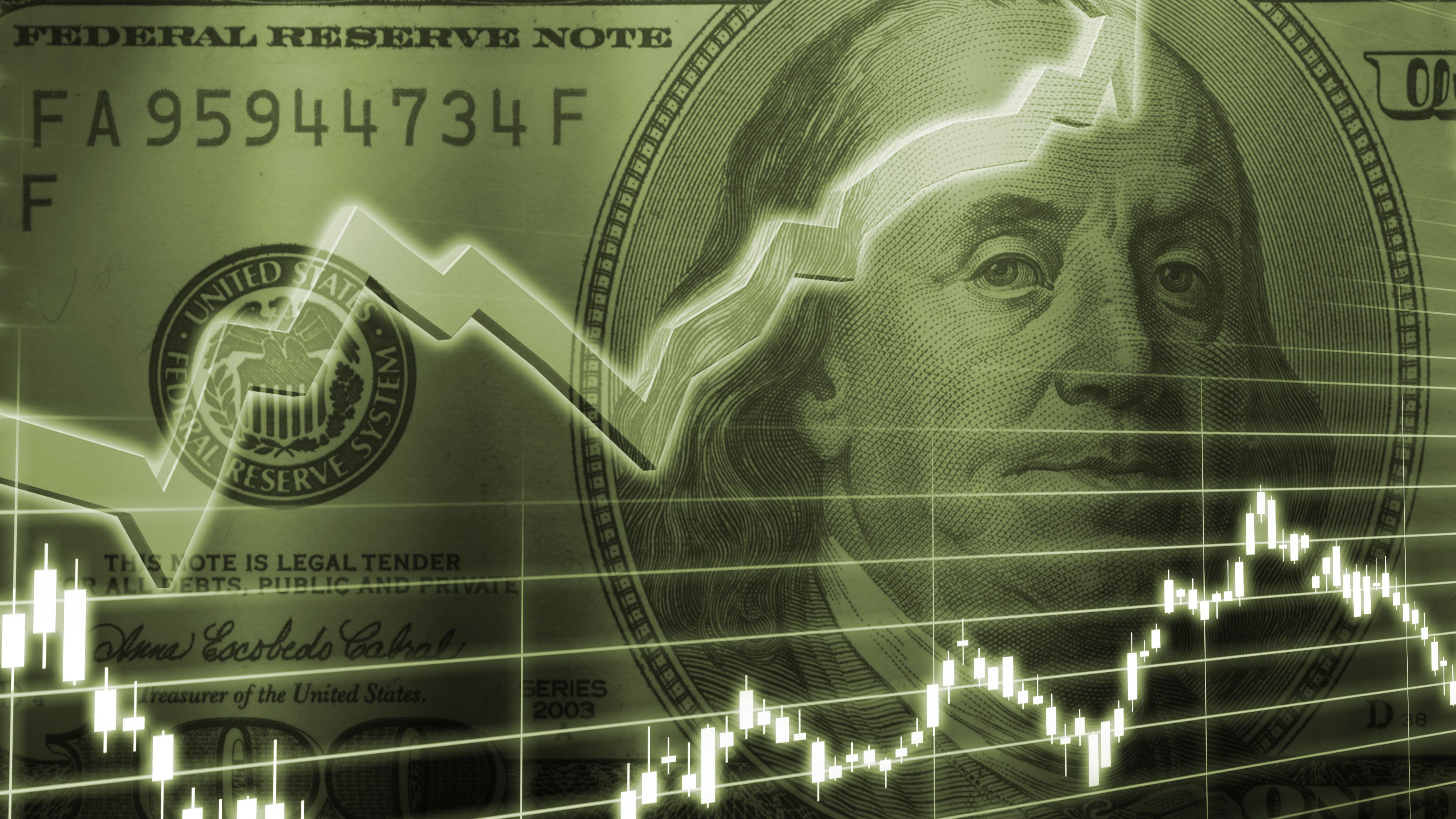EQUITIES
Shares in Asia-Pacific edged higher on Friday, supported by renewed buying interest as investors assess the inflation and the global economic outlook.
European stocks also are set to advance on Friday as global markets look to regain some ground after a bruising week.
The Nikkei 225 in Japan traded 2.64% higher to lead gains the regional market. In Hong Kong, the Hang Seng index jumped 2.17%, while mainland Chinese stocks also rose, with the Shanghai Composite up 0.76%
Elsewhere, South Korea’s KOSPI advanced 2.12% while the S&P/ASX 200 in Australia gained 1.93%, and Singapore’s FTSE Straits Times Index rose 1.13%.
Overnight on Wall Street, the Dow Jones Industrial Average fell 0.33%, to 31,730.3, and the S&P 500 lost 0.13%, to 3,930.08, more than 18% lower than its all-time high. The tech-heavy Nasdaq Composite advanced fractionally, 0.06% to 11,370.96.
OIL
Oil prices were higher on Friday but were still set for their first weekly loss in three weeks, hit by concerns over inflation and China's COVID-19 lockdowns slowing global growth.
U.S. crude ticked up 0.70% to $107.40 a barrel, and global benchmark Brent crude was up 0.83% at $108.86 per barrel.
CURRENCIES
The benchmark U.S. 10-year yield edging up to 2.884% on Friday, having declined each session this week from Monday's high of 3.203%. The policy-sensitive 2-year yield was at 2.5941%, up from a close of 2.522%.
The U.S. dollar steadied near a fresh 20-year high scaled on Thursday as concerns persisted that the U.S. Fed’s actions to tame inflationary pressures would crimp global economic growth, boosting the currency's safe-haven appeal. The dollar index edged down about 0.1% to 104.640.
Cryptocurrency bitcoin also turned higher, rose above $30,000 after a week of turmoil as the risk-off mood combined with the spectacular collapse of stablecoin TerraUSD, drove it to a 16-month low of around $25,400 on Thursday. Bitcoin was trading around $30,450 on Friday.
GOLD
Gold prices are driven to a three-month low on Friday and were set for their fourth straight weekly fall, as the strongest dollar in two decades dampened demand for greenback-priced bullion.
Spot gold was flat at $1,822.70 per ounce, after hitting its lowest since Feb. 7 earlier in the session. U.S. gold futures was down 0.16% at $1,821.70.
Bullion has lost 3.1% so far this week, its most in two months. Gold's recent slide almost wipes out gains from a rally driven by safe-haven demand after Russia's invasion of Ukraine in February. The conflict powered gold prices all the way to near-record levels in mid-March.
Spot silver was up 0.7% at $20.81 per ounce, but has fallen about 6.7% so far this week, the most since late January. Platinum gained 1% to $952.672, and palladium rose 2.2% to $1,949.84. However, both also were poised for weekly losses.
ECONOMIC OUTLOOK
Asian shares reversed Thursday's losses to trade higher on Friday, continuing a rollercoaster week as investors continued to digest worries about persistently high inflation and tightening central bank policy.
European stocks also are set to advance on Friday as global markets look to regain some ground after a bruising week.
Concerns over inflation and the economic outlook have weighed on global investor sentiment in recent days, with riskier assets such as tech stocks and cryptocurrencies taking a hit. investors juggled signs of peaking inflation with fears that it could remain elevated, prompting ever more aggressive tightening from the Federal Reserve.
Geopolitical tensions surrounding Russia's war on Ukraine also were dialled up by Finland's announcement that it would apply for NATO membership, with Sweden expected to follow suit. The Kremlin vowed to retaliate. The conflict, dubbed by Russian President Vladimir Putin as a "special military operation," has fanned the flames of inflation by pressuring global energy and grain supplies.














